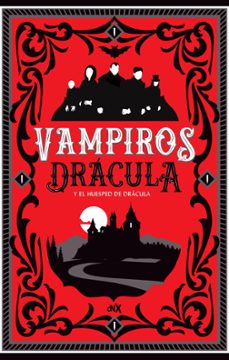
The author modernizes this tradition in his work and moves from the conventional landscape of Dracula’s ravaged castle into the tumult of modern England.

Stoker uses many of the Gothic fiction conventions, which includes elements like gloomy castles, sublime landscapes, and innocent young girls menaced by ineffable and terrible evil. The prince used to also murder beggars, force women to eat their own babies, and nail to their heads the turbans of certain ambassadors who were disrespectful.Īlthough the Count Dracula described by Stoker allegedly is Vlad’s descendant, not the very prince, Stoker manages to make the count be similar to his spine-chilling ancestor and this historical similarity gives Dracula a guise of truth. Prince of Wallachia, Vlad was an intelligent and wild general who impaled his enemies on very long spikes. The Dracula family described with pride by Stoker’s count in the first chapters of the novel, was based on a real family of the fifteenth century, whose most famous member, Vlad the Impaler or Vlad Dracula had a bloody career. The novel has a slightly journalistic style because it is a harrowing account presumably written by a few people who witnessed the events described in the book. The text of Dracula is made of diary entries, telegrams, letters, journal and newspaper clippings. It also tells the story of the fight between Dracula and a group of men and women who had Professor Abraham Van Helsing as their leader.


The novel narrates the story of Dracula, who attempts to move from Transylvania and go to England to find some new blood and try to spread the curse of the undead. Before writing Dracula, Stoker met the Hungarian writer Ármin Vámbéry, who was also a traveler and told dark stories about the Carpathians, inspiring Stoker, who then spent a few years researching on European mythological stories and folklore about vampires. Stoker visited the seaside town of Whitby in England in 1890 and found inspiration for his excellent novel Dracula.


 0 kommentar(er)
0 kommentar(er)
